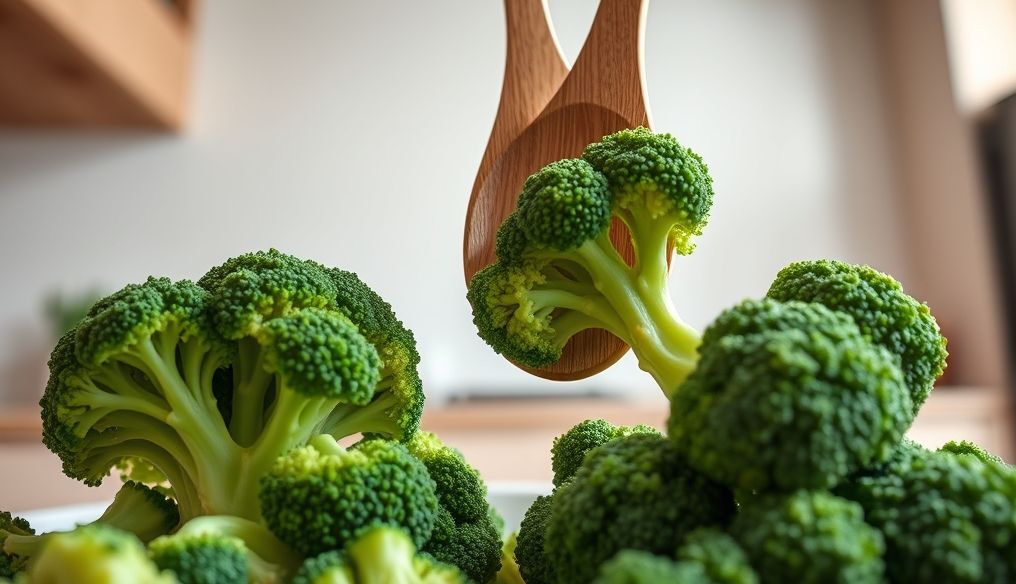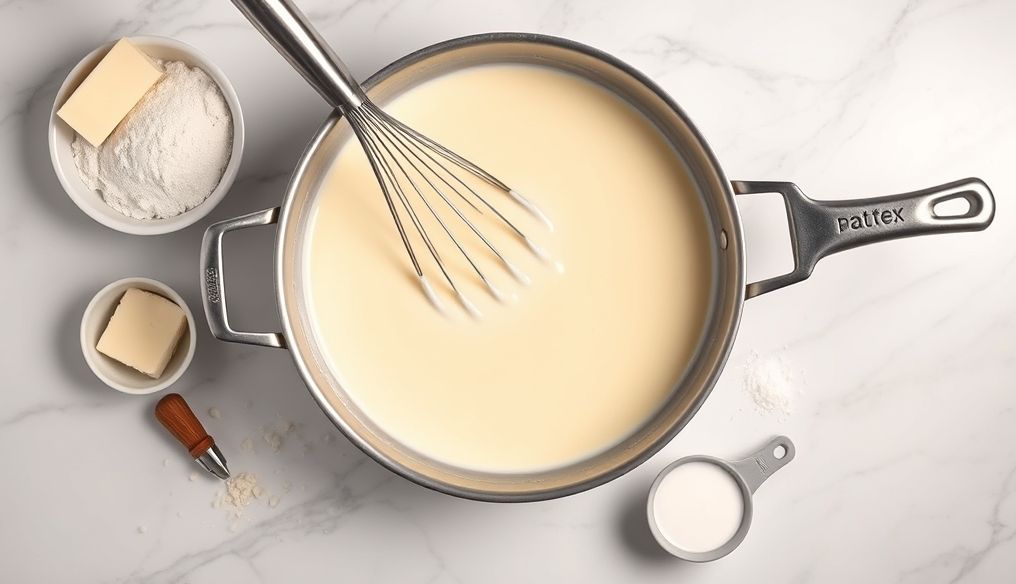Introduction: The Importance of Cooking Vegetables Healthily
Vegetables are a vital part of a balanced diet, providing the body with essential vitamins, minerals, and fiber. However, the way vegetables are cooked can significantly impact their nutritional value. Some cooking methods may lead to the loss of important nutrients, while others can help preserve them. Among the common cooking methods, steaming and boiling stand out as two main options, each with its advantages and disadvantages.
What is Steaming Vegetables?
Steaming vegetables is a cooking process that relies on using steam generated from boiling water. The vegetables are placed in a basket or perforated container above the boiling water, allowing the steam to circulate around them and cook them. This method is considered gentle because it does not submerge the vegetables directly in water.
Benefits of Steaming Vegetables
- Preserving Nutrients: Steaming is considered one of the best ways to preserve heat- and water-sensitive vitamins and minerals, such as vitamin C and B vitamins.
- Maintaining Color and Texture: Steaming helps maintain the vibrant color and crisp texture of vegetables.
- No Need to Add Fats: Steaming does not require the addition of oils or fats, making it a very healthy option.
What is Boiling Vegetables?
Boiling vegetables is a cooking process that involves immersing vegetables in boiling water until they are cooked through. This method is quick and easy, but it can lead to the loss of some nutrients.
Disadvantages of Boiling Vegetables
- Loss of Nutrients: Water-soluble vitamins and minerals can leach into the boiling water, reducing their nutritional value.
- Changes in Color and Texture: Vegetables may lose their vibrant color and become too soft when boiled for too long.
Steaming vs. Boiling: A Detailed Comparison
To better understand which method is most suitable for cooking vegetables, let's compare steaming and boiling in terms of nutrient preservation, taste and texture, and time and effort.
Nutrient Preservation
Steaming: Preserves most vitamins and minerals, especially those that are water-soluble.
Boiling: Leads to a significant loss of vitamins and minerals, as they leach into the boiling water. A study published in the "Journal of Agricultural and Food Chemistry" found that boiling broccoli led to a loss of up to 50% of vitamin C.
Taste and Texture
Steaming: Maintains the natural flavor of the vegetables and gives them a crisp texture.
Boiling: May make the vegetables too soft and tasteless, especially if cooked for too long.
Time and Effort
Steaming: May take slightly longer than boiling, but it requires less effort as you do not need to constantly monitor the vegetables.
Boiling: Faster, but requires constant monitoring to avoid overcooking.
Scientific Studies on the Impact of Cooking Methods on the Nutritional Value of Vegetables
Several scientific studies have conducted comparisons between different cooking methods to determine their impact on the nutritional value of vegetables. Some key findings include:
- A study published in the "Journal of Food Science" found that steaming broccoli preserves higher levels of glucosinolates, which are anti-cancer compounds, compared to boiling.
- Another study in the "International Journal of Food Sciences and Nutrition" showed that steaming carrots preserves higher levels of beta-carotene, an antioxidant important for eye health.
Tips for Preserving the Nutritional Value of Vegetables During Cooking
Regardless of the cooking method you choose, there are some tips that can help preserve the nutritional value of vegetables:
- Use a Small Amount of Water: If you are boiling vegetables, use a small amount of water to reduce the loss of nutrients.
- Do Not Cook Vegetables for Too Long: Avoid overcooking vegetables to preserve their texture, flavor, and nutritional value.
- Use the Remaining Water: If you are boiling vegetables, use the remaining water in soups or sauces to take advantage of the nutrients that have leached into it.
- Cut Vegetables into Large Pieces: Cutting vegetables into large pieces before cooking reduces the surface area exposed to water and heat, which reduces the loss of nutrients.
Vegetables That Benefit Most from Steaming
Some vegetables particularly benefit from steaming, as it helps preserve their flavor, texture, and nutritional value. Among these vegetables are:
- Broccoli: Steaming preserves sulforaphane compounds, which are anti-cancer.
- Carrots: Steaming helps preserve beta-carotene.
- Asparagus: Steaming preserves its delicate flavor and crisp texture.
- Cauliflower: Steaming preserves its white color and mild flavor.
- Green Beans: Steaming preserves their bright green color and crisp texture.
Simple and Easy Recipes Using Steamed Vegetables
Here are some simple and delicious recipes you can try using steamed vegetables:
Steamed Broccoli with Olive Oil and Lemon
- Steam the broccoli for 5-7 minutes until tender.
- Transfer it to a bowl and add olive oil, lemon juice, salt, and pepper.
- Serve as a healthy and delicious side dish.
Steamed Carrots with Ginger and Honey
- Steam the carrots for 8-10 minutes until tender.
- Transfer it to a bowl and add grated ginger, honey, and salt.
- Serve as a sweet and savory side dish.
Conclusion: Steaming is the Best Option for Preserving Nutritional Value
Overall, steaming vegetables is a better option than boiling for preserving their nutritional value. Steaming helps preserve important vitamins and minerals, maintains the color and texture of vegetables, and does not require the addition of fats. However, boiling can be an acceptable option if done correctly using a small amount of water and avoiding overcooking. Ultimately, the choice of cooking method depends on your personal preferences and nutritional needs.
Sources:
- Journal of Agricultural and Food Chemistry
- Journal of Food Science
- International Journal of Food Sciences and Nutrition




